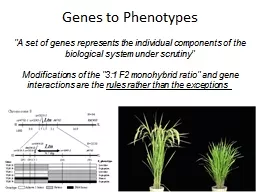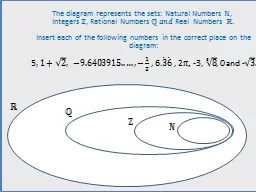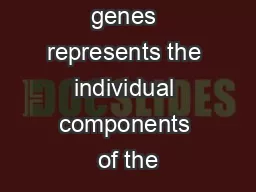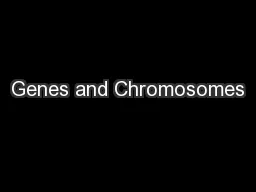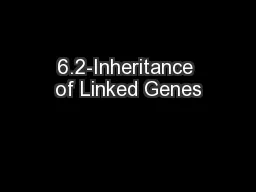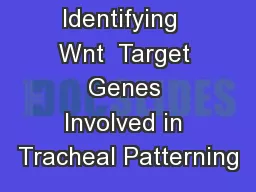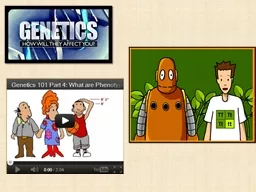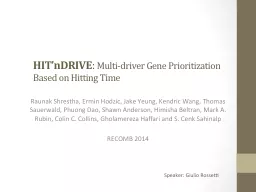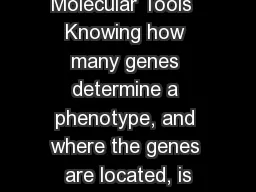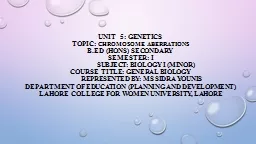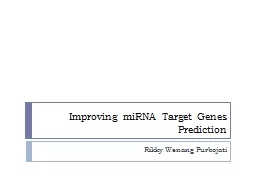PPT-"A set of genes represents the individual components of the
Author : ellena-manuel | Published Date : 2017-03-17
Modifications of the 31 F2 monohybrid ratio and gene interactions are the rules rather than the exceptions Genes to Phenotypes One gene one polypeptide Many
Presentation Embed Code
Download Presentation
Download Presentation The PPT/PDF document ""A set of genes represents the individua..." is the property of its rightful owner. Permission is granted to download and print the materials on this website for personal, non-commercial use only, and to display it on your personal computer provided you do not modify the materials and that you retain all copyright notices contained in the materials. By downloading content from our website, you accept the terms of this agreement.
"A set of genes represents the individual components of the: Transcript
Download Rules Of Document
""A set of genes represents the individual components of the"The content belongs to its owner. You may download and print it for personal use, without modification, and keep all copyright notices. By downloading, you agree to these terms.
Related Documents

